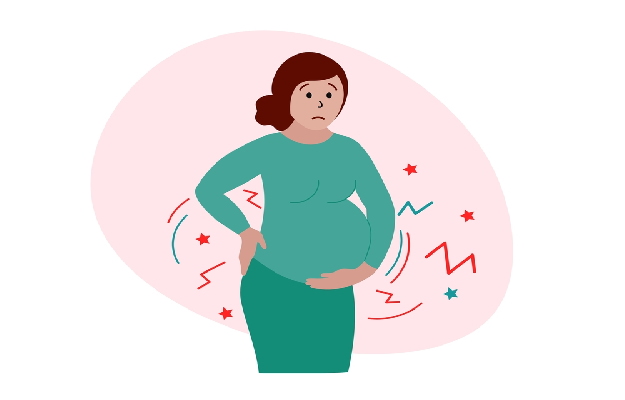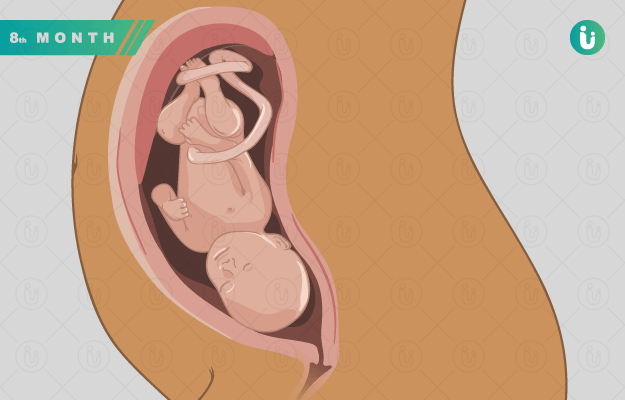Apart from the above-mentioned symptoms, there can be other symptoms associated with implantation bleeding. If you experience any of the following along with vaginal bleeding there is a high chance that you are pregnant.
Nausea or vomiting
According to the American Pregnancy Association, nausea and vomiting are the second most common signs for pregnancy. These usually appear after 2 weeks of intercourse/fertilisation and could last through the first trimester. Some women experience nausea and vomiting throughout the whole pregnancy.
Nausea is basically a feeling or urge to vomit. It can occur with or without vomiting. Nausea during pregnancy is frequently called as morning sickness but you can have this feeling all through the day and even at night time.
Tender and swollen breasts
Women who have conceived may feel tenderness and swelling in the breasts. They could also notice the slightly increased size of breasts. This is the third most commonly documented sign of pregnancy.
Changes in breasts occur due to related hormonal changes (increased secretion of progesterone) after conception. It starts to appear within 1 to 2 weeks post conception. This could easily coincide with your implantation bleeding.
(Read more: Breast changes in early and late pregnancy)
Fatigue
To prepare an apt environment for foetal growth inside the uterus, a woman’s body goes through a series of quick changes in the early phases of pregnancy. This hussle makes them feel tired and fatigued all the time. Fatigue and sleepiness also occur due to hormonal changes and increased levels of progesterone. Add to it the emotional changes and you might as well be feeling drained and an all-time low on energy.
Frequent urination
Pregnant women tend to feel the urge to use the washroom frequently. This is because a uterus with a foetus puts pressure on your urine storage organ or urinary bladder. This leads to the frequent urge of urination. It usually starts within 6 to 8 weeks of pregnancy in most cases.
Food cravings
You must have heard this one from pregnant women or seen in movies the weird food choices, unscheduled timings and uncontrollable urges to eat when they are pregnant. This happens to almost every pregnant woman but the degree varies from person to person. There is no known or obvious reason for this.
Mood swings
Another associated symptom of pregnancy is mood swings. Pregnant females experience fluctuations in mood due to the hormonal changes. They can feel high or low, calm or anxious and happy or sad in a single day. Mood swings are completely normal but if you feel extreme sadness, don't hesitate to talk to your doctor for help. It could be a sign of depression.















































